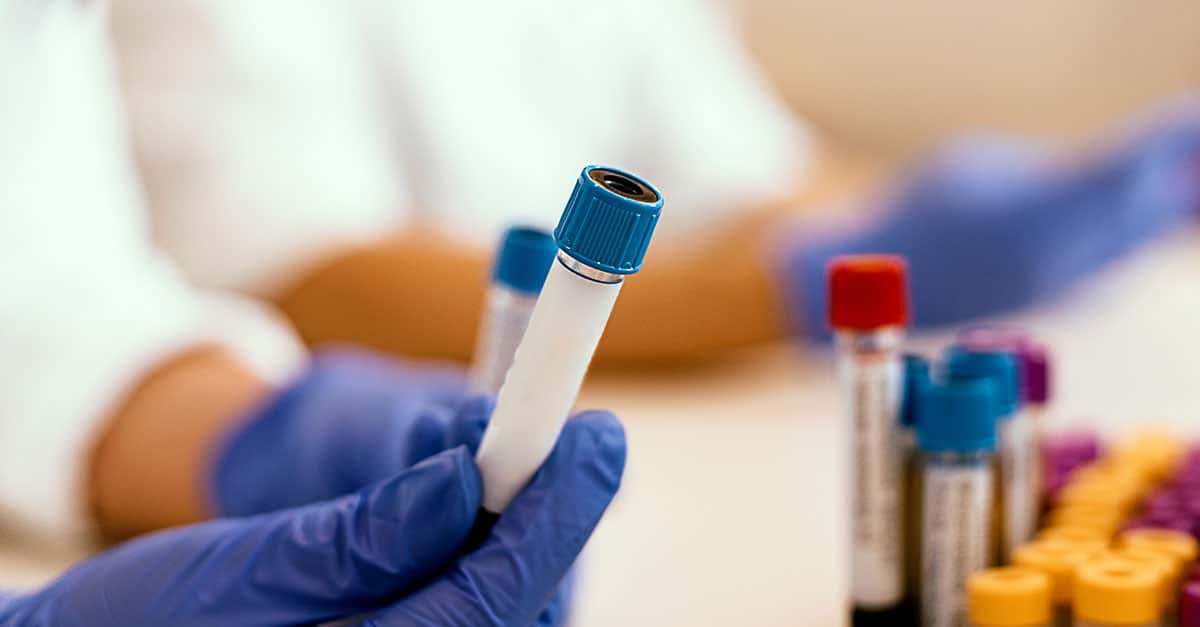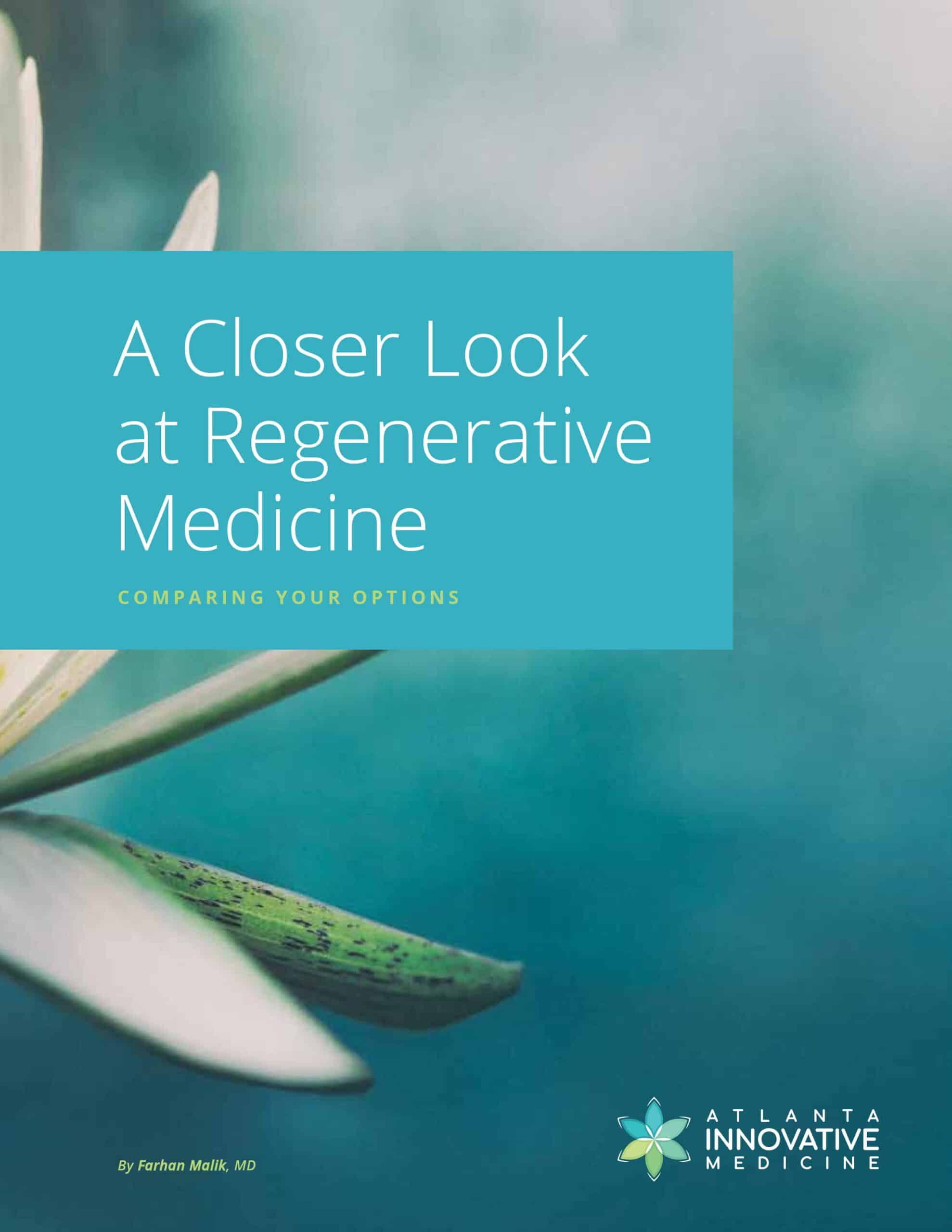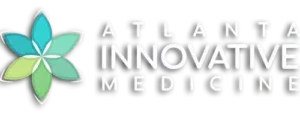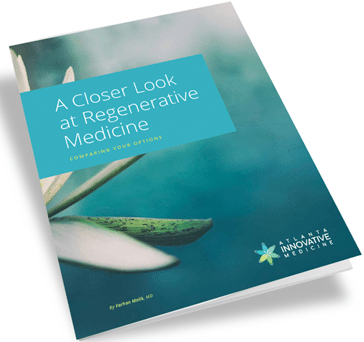By Farhan Malik, MD
Atlanta Innovative Medicine
Platelet-rich plasma (PRP) has been around for decades as a healing therapy but has seen explosive growth in the medical field in recent years. That’s due in part to people’s desire for treatments that address the root cause of a health problem rather than mask it with potentially harmful drugs or undergo the possible pitfalls of surgery.
But is all PRP created equal by different medical providers? Not by a long shot. Before we delve into the factors that make certain forms and deliveries of PRP better than others, let’s recap some basics about this form of regenerative medicine.
What is PRP?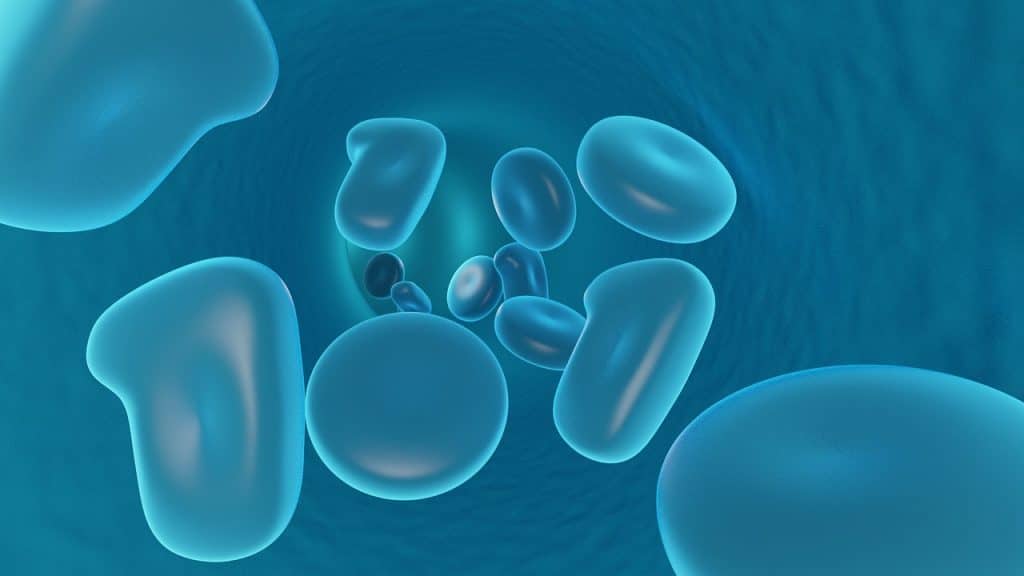
PRP is harvested by collecting a small sample of the patient’s blood and processing it in order to extract and concentrate the platelets. This concentrate is then injected into the injured area of the body, promoting cellular regrowth to help heal degenerated and damaged tendons, ligaments, discs, cartilage and even nerves in some cases.
How are some forms better?
Among practices that offer PRP treatments for musculoskeletal conditions, the vast majority are limited to concentrations of two to five times, which is called regular PRP. However, it is possible to concentrate PRP to 20 times normal levels—and even higher concentration can be achieved with the right equipment and training. This is called super concentrated PRP or SC-PRP, and it is not available everywhere.
To imagine the benefits, think of yourself as a finely tuned machine. The more horsepower you give a sports car, the faster and more powerful it will be. The same applies with PRP. The more concentrated the platelets are, the more growth factor packets work in your favor, and thus the more powerful the healing potential.
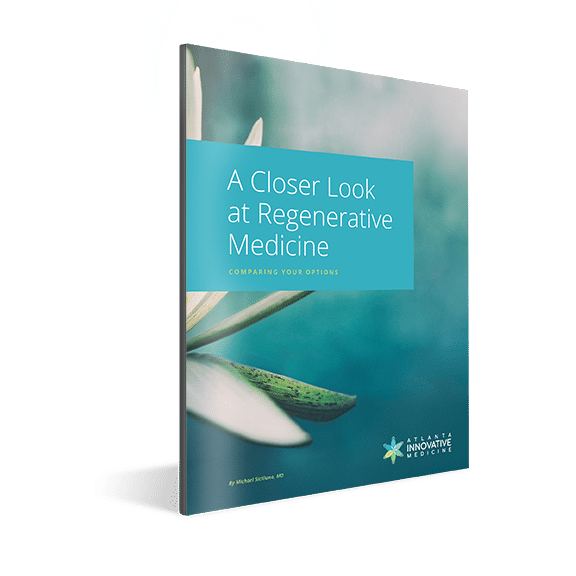
Subscribe for Expert Insights and Our Ebook
A Closer Look at Regenerative Medicine: Comparing Your Options Learn about treatment options like Platelet Rich Plasma (PRP), Prolozone Therapy, and Stem Cell Therapy.
So, why doesn’t everyone do this?
Many of the PRP studies conducted to determine the optimal PRP concentration for healing appeared to show that anything over four times concentration seemed to bring less healing. These flawed studies were the impetus for everyone to jump on that bandwagon, citing these flawed studies—including most of the PRP equipment manufacturers. Subsequently, most of the PRP systems sold to doctor’s offices are designed only for regular PRP. Most of these studies were performed in-vivo (basically in a test tube) and not in the human body.
Here’s why that’s key: platelets, growth factors, tissue remodeling and healing do not operate by themselves. They require oxygen, cell food and nutrition, namely carbs, glucose, vitamins and minerals. Think of it as a healthy nutritious soup to feed the biochemistry needed for PRP to do its job. During these flawed studies, the PRP concentrations were increased but cell food and oxygen were not. To use the machine analogy: car engines need more fuel to go faster but if oxygen intake is not increased proportionately, the engine may sputter and die. The good news is that in several well-designed studies, including one presented at the Interventional Orthopedic Foundation (IOF), it was demonstrated that concentrating PRP up to 40 times with the needed cell food netted increasing healing properties.

Why settle?
SC-PRP with added oxygen and nutrients is created at Atlanta Innovative Medicine by using special equipment and training that the average PRP doctor does not have. When you consider that growth factor levels in normal blood negatively correlate with increasing age (as we age, growth factors decrease), it is important to use SC-PRP to achieve the best possible outcome, especially if the patient is older than age 40.
To find out more or to see if you are a candidate for SC-PRP, even if you have tried PRP before with lackluster results, please contact us.
Quizzes
Are you a candidate for Regenerative Medicine?
Regenerative medicine can be an effective therapy and treatment option for lasting pain relief for a variety of conditions like osteoarthritis of the knee, hip or shoulder; ACL or meniscus tears; tennis or golfer’s elbow; chronic neck and back pain; and more.
Is it right for you and your condition? Take 1 minute to answer a few “yes or no” questions that help to assess if you might be a candidate for PRP, stem cell or other nonsurgical regenerative treatments.
Are You a Stem Cell Candidate for Your Joint or Spine Damage?
Are you a candidate for Platelet Rich Plasma (PRP) Therapy?
Do I have nonsurgical options for my injured or aging joints?
Take the Pain Medications Risk Quiz
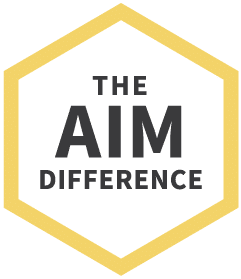
Regenerative Medicine.
Reimagined
- Advanced hybrid therapies, including Mesenchymal Stem Cell therapy combined with different mechanisms of action that synergistically come together to support ultimate healing
- More powerful PRP that’s customized, amplified and personalized
- Therapies delivered by an experienced, compassionate team comprised of multidisciplinary experts in traditional and alternative medicine working as your team: Medical Doctors, Nurse Practitioners, Physiotherapists and Chiropractors
- Advanced training through the American Academy of Orthopedic Medicine, the American Osteopathic Association of Prolotherapy Regenerative Medicine, and more
All content of this page is for informational purposes only and is not intended to serve as a substitute for the consultation, diagnosis, and/or medical treatment of a qualified physician or healthcare provider. Individual results may vary. Your medical professional can explain all the risks and potential benefits of any therapy based on your specific circumstances. At this time regenerative therapies are not FDA approved. Neither Atlanta Innovative Medicine nor its physician affiliates promise regenerative therapies as a cure for any condition, disease, or injury.
Other Atlanta Areas We Service:
© 2024 Atlanta Innovative Medicine, LLC. All Rights Reserved. AIM Scholarship Opportunity

